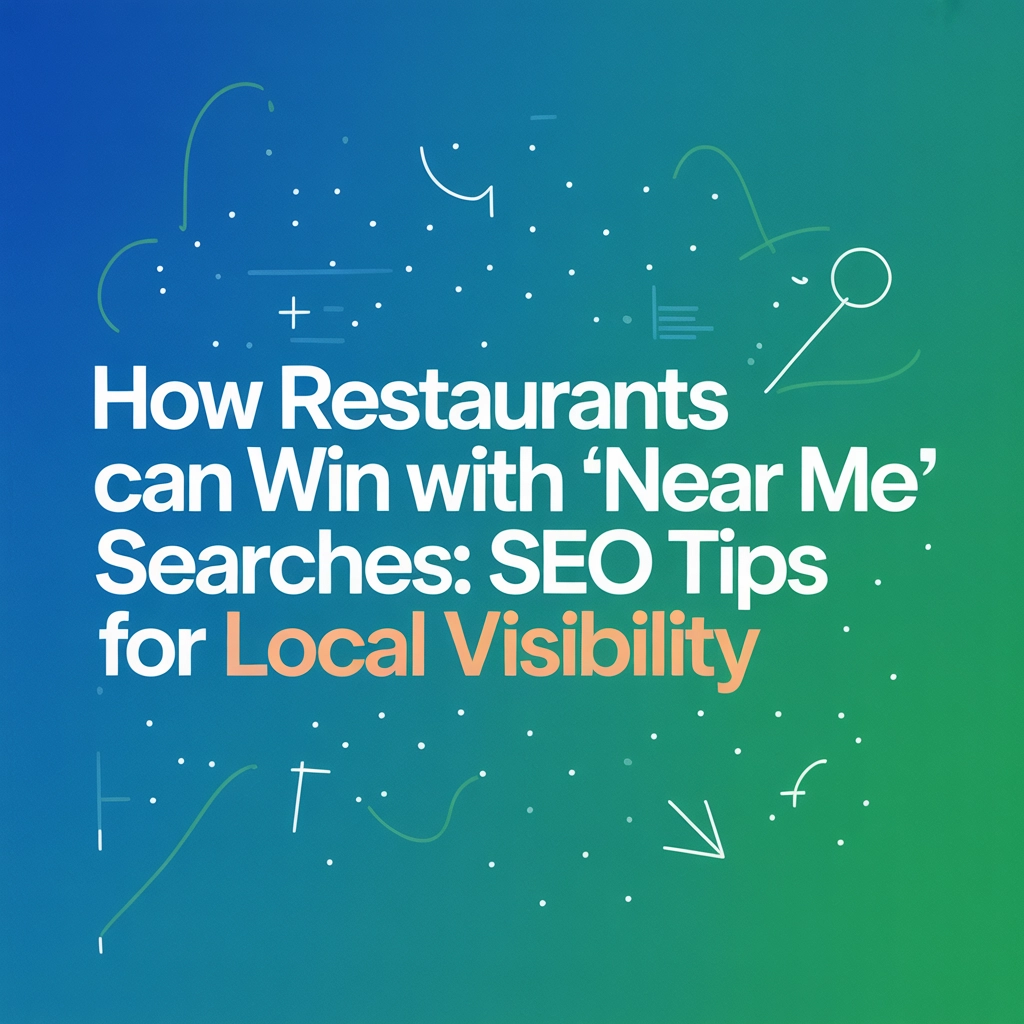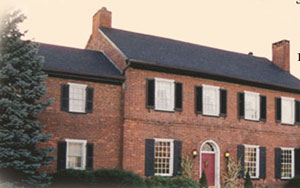Every day, millions of people pull out their phones and Google “restaurants near me”. The intent is laser-focused: satisfying a craving, meeting with friends, or grabbing a quick lunch. For food and beverage industry pros, winning that “near me” search can make or break the dinner rush. If your restaurant isn’t showing up in those top local results, you’re missing out on the most qualified diners ready to walk through your doors almost instantly.
This guide breaks down the most effective, actionable strategies to help restaurants rank highly for “near me” searches. We’ll explore the real-world SEO moves that restaurateurs, marketers, and hospitality professionals can use to bring new guests in—today and for the long haul.
Why “Near Me” Searches Matter More Than Ever
Let’s face it—“restaurants near me” is the new front door for hungry consumers. According to a Google consumer insights report, searches for “open now near me” have skyrocketed by over 400% year-over-year. For most people, if you aren’t in the top three Google Map Pack results, you don’t exist.
- Walk-in Conversions Are High: 76% of people who conduct a local search visit a business within 24 hours, and 28% make a purchase—often on the spot.
- Mobile-First, Now Everywhere: Nearly all “near me” searches happen on smartphones, often when the customer is within a mile of your restaurant.
- Competitive Local Pack: Google’s Local Pack (the boxed map results with three businesses) gets the lion’s share of clicks—and therefore foot traffic and orders.
If you want to drive “ready-to-eat” guests through your doors, smart local SEO is essential.
The Local Search Ranking Formula (And Why It’s Different)
Google uses three key signals to rank local restaurants:
- Proximity: How close your restaurant is to the searcher.
- Relevance: How well your restaurant’s business information matches the search.
- Prominence: How well-known and well-reviewed you are online.
Optimizing for all three is the foundation for dominating “near me” search. Let’s break it down with actionable tips.
1. Master Your Google Business Profile (GBP)
Your Google Business Profile (formerly Google My Business) is your restaurant’s new digital storefront. If it’s not polished and complete, you’re invisible for local intent searches.
How to Optimize:
- CLAIM & VERIFY: No excuses—claim and verify your GBP at business.google.com. This is non-negotiable.
- ACCURATE NAP: Make sure your Name, Address, and Phone Number are consistent across your profile, website, and all directories.
- CATEGORIES & ATTRIBUTES: Choose the most precise primary and secondary categories (“Italian Restaurant,” “Vegan Restaurant,” etc.), and use applicable attributes like “Family-Friendly” or “Outdoor Seating.”
- MENU & BOOKING INTEGRATION: Upload your menu as HTML (not PDF). Add reservation buttons (via OpenTable, Resy, or your system) for direct conversions.
- PROFILE IMAGES: Add professional photos of food, drink, interior, exterior, and team. High-quality images impact click-through and conversion rates.
- UPDATES & EVENTS: Post frequently about special offers, live music, or seasonal dishes to show you’re active and responsive.
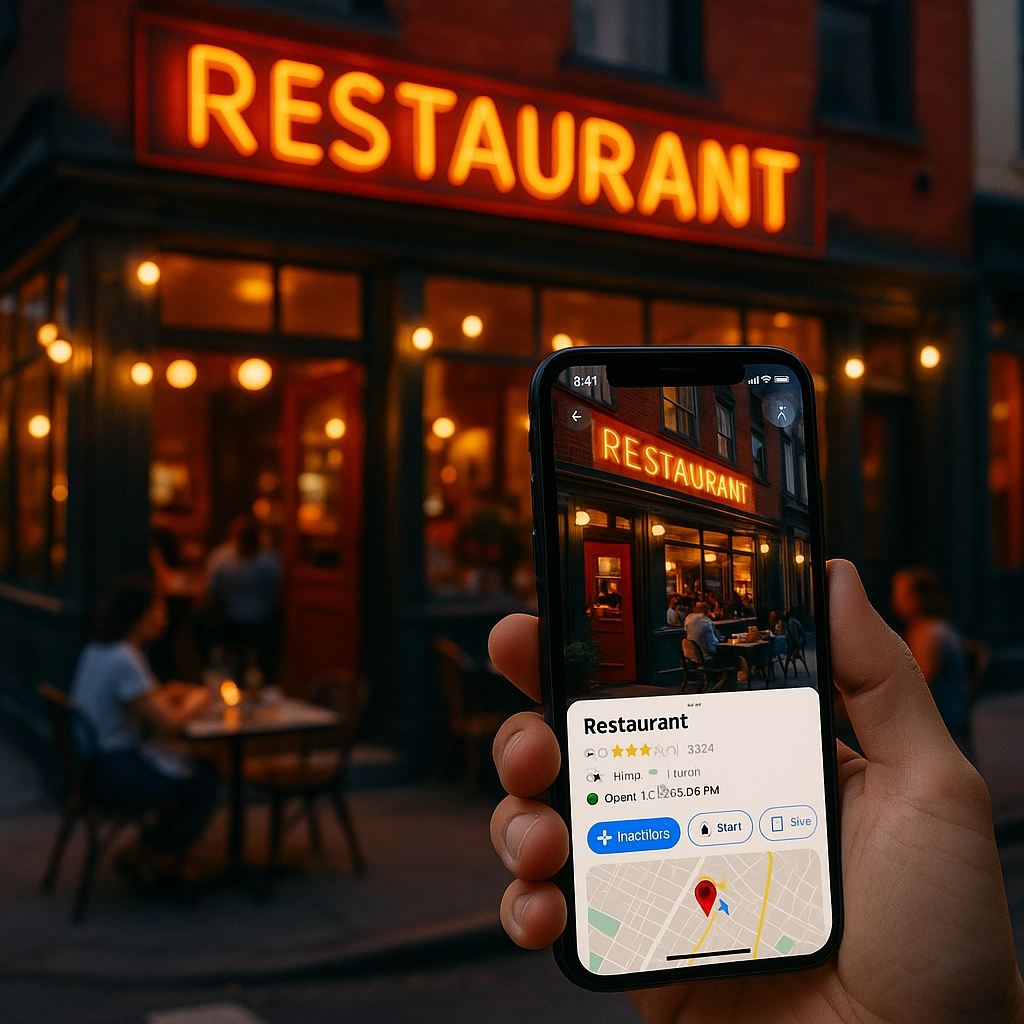
“Think of your Google Business Profile as your homepage. First impressions matter!” — Local SEO expert Phil Rozek (localvisibilitysystem.com)
2. Spark and Manage Genuine Reviews
Customer reviews drive trust, influence Google’s algorithm, and turn browsers into diners. According to BrightLocal, 82% of people trust online reviews as much as personal recommendations.
Winning Review Strategies:
- ASK PROACTIVELY: Train staff to request reviews after a great experience, or include a review request with the bill.
- USE TECHNOLOGY: Offer table tents or QR codes that go straight to your review page.
- RESPOND TO EVERY REVIEW: Thank fans and address negative reviews quickly (without getting defensive). Google rewards businesses with responsive engagement.
- SHOWCASE REVIEWS: Feature top testimonials on your website and link to your reviews from your site—this can enhance SEO and social proof.
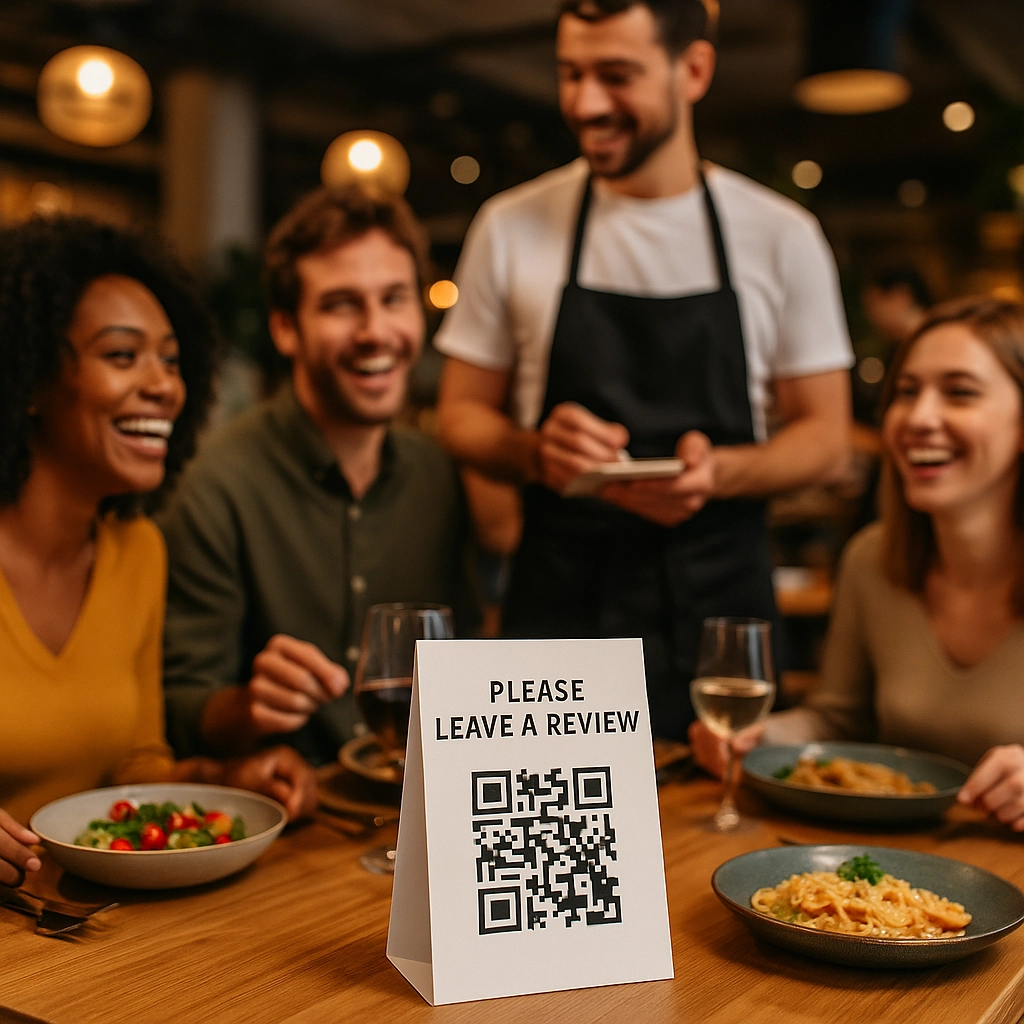
Pro tip: Integrate review widgets with your online ordering or reservation system for a post-visit touchpoint.
3. Optimize Your Restaurant Website with Local Content
Your website shouldn’t just look great—it needs to speak Google’s language of local intent.
Tactical web tips for “near me” optimization:
- Location Pages: If you have more than one location, give each its own webpage with unique content (hours, map, parking, menu highlights).
- Consistent NAP: Double-check your contact page, footer, and schema markup for matching info.
- Local Keywords: Use “restaurant in [City/Neighborhood]” and “best [Cuisine] near me” in title tags, meta descriptions, and headers when natural.
- Accessible Menus: Avoid PDF menus—use HTML for quick scanning and better Google indexing.
- Mobile Usability: Your site must load fast and be flawlessly usable on mobile. Slow sites or broken mobile layouts get buried.
For more actionable tips on menu and website strategies, check out Menu Engineering That Works: How Shake Shack’s Strategic Changes Boosted Profitability and Customer Loyalty.
4. Maintain NAP Consistency and Build Local Citations
Google cross-references your Name, Address, and Phone Number (NAP) everywhere across the web to verify legitimacy. Inconsistent data hurts your credibility and rankings.
How to get this right:
- Audit your info on major directories (Yelp, TripAdvisor, Facebook, YellowPages, Apple Maps, etc.).
- Update any old or incorrect details—especially if you’ve moved or changed numbers.
- Submit to local food directories and hospitality associations.
Each consistent listing is a “citation” that builds your prominence within your local area.
5. Get Found on Google Maps (and Apple Maps)
Most “near me” searches happen in Google Maps, not just search. The same GBP optimizations apply, but also:
- Double-check your pin location is accurate.
- Add rich media (photos, videos) regularly.
- Encourage check-ins and user-submitted photos.
- Monitor “Popular Times” and answer customer Q&A promptly.
If you’re positioning your restaurant as a destination, good Google Maps visibility is crucial. For more digital tech trends, visit Tech Trends Transforming the Foodservice Landscape.
6. Leverage Local Content, Events, and Partnerships
Google loves businesses involved in the community.
How to stand out:
- Local event sponsorships: What’s happening in your neighborhood? Sponsor community runs, school fairs, or foodie festivals.
- Host events and promote them: Wine dinners, trivia nights, chef collabs—share these on both your GBP and website for timely local buzz.
- Collaborate with local bloggers and media: Shares, mentions, and coverage can earn local backlinks, boosting your organic search authority.
7. Use Structured Data for Local SEO
Structured data (schema markup) gives search engines more detailed information about your restaurant.
- Add LocalBusiness schema to your website—see Google’s guide on Local Business structured data.
- Mark up hours, menu, booking options, and address.
- This increases your chances of appearing in “rich results,” like showing your ratings, upcoming events, or even direct ordering in the SERPs.
Don’t know code? Use tools like Merkle’s Schema Generator or ask your web developer.
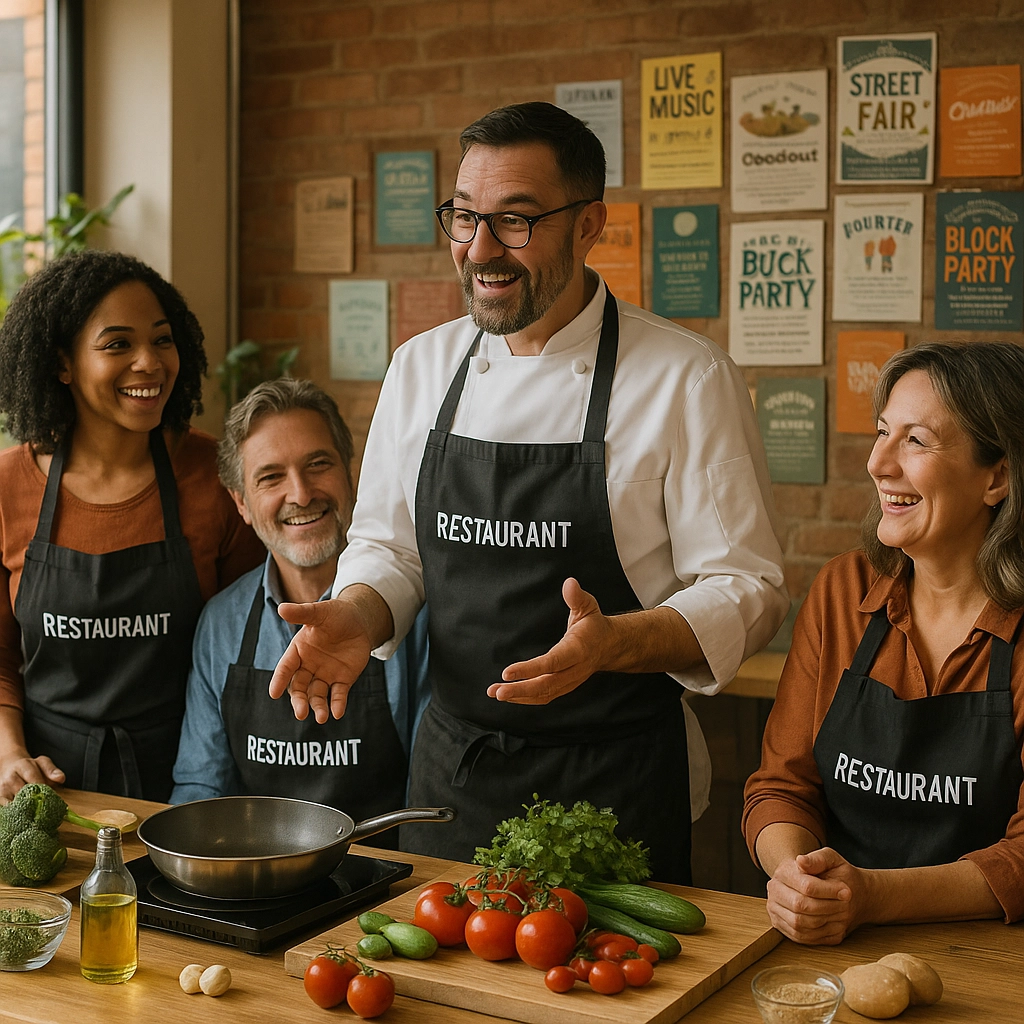
8. Harness “Near Me” Keywords in Your Marketing
Google is smart, but using “near me” or “close by” in your website copy, meta descriptions, blog posts, or ads, when it fits naturally, can reinforce local intent.
- Example: “Looking for fresh sushi near me? Visit our Hollywood location today.”
- Sprinkle in variations like “best [cuisine] restaurant nearby” or “family dining in [city name].”
9. Track, Measure, and Adjust
Set up Google Analytics and use Google Search Console to monitor your search presence. Check:
- Which keywords drive traffic (and conversions) to your website.
- How many clicks and calls come from your GBP.
- What competitors are showing up for your “near me” terms, and how you can differentiate.
Schedule quarterly reviews of your NAP details, review responses, and local content for accuracy and freshness.
Real-World Win: “Bella’s Bistro” Dominates Local Search in Brooklyn
Bella’s Bistro, a family-owned Italian spot in Greenpoint, Brooklyn, was struggling to stand out amid tough neighborhood competition. After optimizing their GBP, updating their menus with clear HTML, hosting local pasta-making classes, and regularly responding to reviews, they jumped into the Local Pack and saw a 38% increase in walk-ins over three months.
One key lesson: they trained staff to encourage reviews and added a “review us” QR code to every receipt. Bella’s story highlights the power of simple, focused local SEO execution.
Key Takeaways for Restaurant Pros
- Master your Google Business Profile—it’s the heart of your local profile.
- Get proactive about collecting, managing, and responding to reviews.
- Keep your website fast, mobile-friendly, and filled with local content.
- Audit your NAP everywhere. Consistency matters.
- Tap into events, partnerships, and local storytelling for trusted community relevance.
- Measure, review, and keep optimizing. The local search landscape evolves fast.
Ready to fill more seats and turn more “near me” searches into loyal diners? Start with one tip from above and build from there—it’s your recipe for local success.
Hungry for more insights?
Explore the latest foodservice marketing trends and digital strategies at Food & Beverage Magazine, or dive into our article on premium pricing strategies in restaurants.
Written by Michael Politz, Author of Guide to Restaurant Success: The Proven Process for Starting Any Restaurant Business From Scratch to Success (ISBN: 978-1-119-66896-1), Founder of Food & Beverage Magazine, the leading online magazine and resource in the industry. Designer of the Bluetooth logo and recognized in Entrepreneur Magazine's “Top 40 Under 40” for founding American Wholesale Floral. Politz is also the founder of the Proof Awards and the CPG Awards and a partner in numerous consumer brands across the food and beverage sector.
What have you found to be the most effective “near me” marketing tactic for your restaurant? Share your story in the comments below—we love highlighting reader wins and lessons in the next edition of Food & Beverage Magazine!
Disclosure: This article may have been assisted by AI but is reviewed for editorial quality by Food & Beverage Magazine staff.



